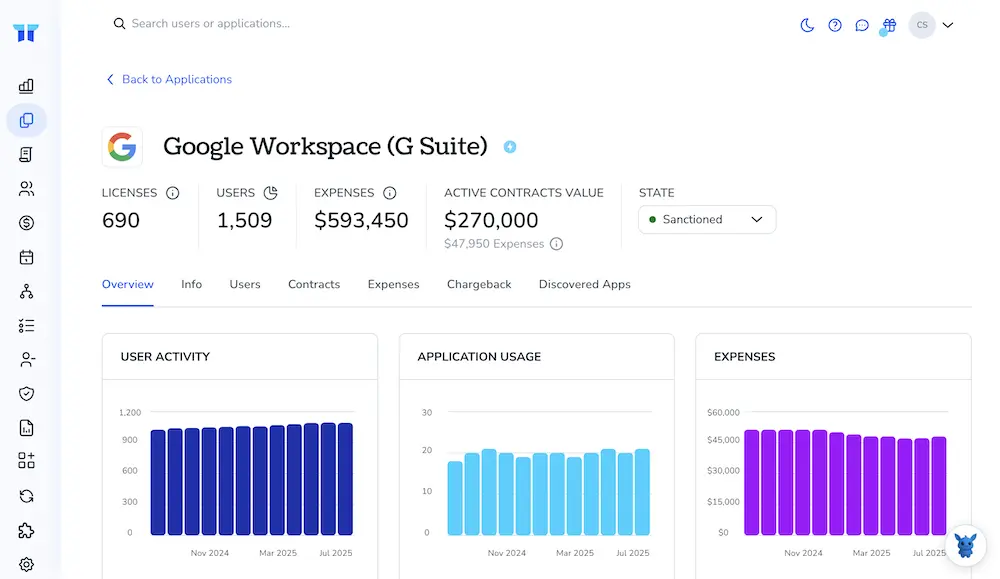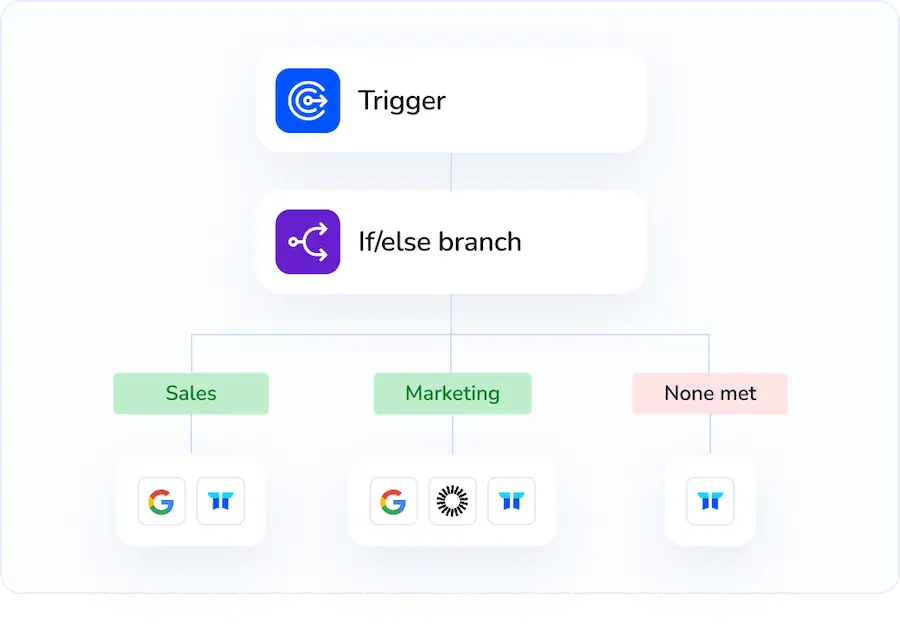3 Ways to Add an Alternate Email to Google Workspace Users

If you’re managing Google Workspace accounts or just fixing your own user profile, adding an alternate email makes password recovery and notifications simpler. It affects sign‑in options, account recovery, and contact routing.
I’ll show three practical ways to add an alternate email , from the Admin console, from an individual user’s profile, and by adding an email alias , with pros and cons so you can pick the right method for your setup.
Table of Contents
Use Google Workspace’s UI
Here you’ll use the Google Workspace Admin console to add an alternate email address to an existing user account in the UI.
Open the Admin console
- Go to
admin.google.comand sign in with an admin account. - If you manage more than one organization, pick the correct organization before continuing.
Find the user
- From the Admin console Home, click
Users. - Search for the person by name or primary email, then click their entry to open the user details page.
Add the alternate email
- On the user details page, open the Contact information or User information section.
- Look for the Email or Alternate email area and click
Add alternate email. - Enter the alternate email address the user controls.
- If the address is already a primary address or alias in your domain, you’ll see an error; pick a different address.
- Click
Saveto apply the change.
Notes and quick tips
- Alternate emails are for account recovery and notifications. If you want the user to receive mail at another address in your domain, create an email alias instead.
- Only admins with user-management rights can add alternate emails; delegated admins may have different permissions.
- Changes usually take effect quickly, but allow a few minutes to propagate across Google services.
These steps follow the Google Workspace Admin console instructions for editing a user’s contact info.
Use Torii
Rather than working in Google Workspace itself, you can use Torii, a SaaS Management Platform, to add an alternate email to a user in Google Workspace. SMPs combine management of SaaS apps and subscriptions in one place, letting you programmatically onboard/offboard users, inspect subscription details, and more.
Instead of performing the change manually in Google Workspace, Torii enables you to automate the task so it runs whenever a trigger occurs-examples include a new hire, an employee departure, a contract renewal, etc. Automating this saves time when the action must be repeated.
To add alternate email to user in Google Workspace straight from Torii, follow these steps:
1. Sign up for Torii
Contact Torii, and ask for your free two-week proof-of-concept.
2. Connect your Google Workspace account to Torii
After your Torii account is active, link your Google Workspace tenant to Torii (assuming you already have an account). Here are the instructions for the Google Workspace integration.

3. Create a Torii workflow for Google Workspace
Inside Torii you can build an automated workflow to add an alternate email to a Google Workspace user. Open the Workflows tab, define the trigger you want, then add an action that inserts the alternate email into Google Workspace. Once the trigger fires, the change will be applied automatically.

Use Google Workspace’s API
Here you’ll use the Admin SDK Directory API to add an email alias (alternate email) for a user. The steps show the API method, required scope, an example request, and common errors to watch for.
1. Choose the API call
Use the aliases.insert method on the Directory API:
- HTTP method: POST
- Endpoint pattern:
https://admin.googleapis.com/admin/directory/v1/users/{userKey}/aliases - Request body: JSON with the alias address, e.g.
{ "alias": "[email protected]" } - UserKey can be the user’s primary email or their unique user ID.
2. Required auth and scopes
You need an OAuth access token with one of these scopes:
https://www.googleapis.com/auth/admin.directory.user.alias- Or a broader scope that includes alias management such as
https://www.googleapis.com/auth/admin.directory.user
If you run this server-to-server, use a service account with domain-wide delegation and ensure the token is impersonating an admin with the scope above.
3. Example curl request
Example curl is:
curl -X POST \
'https://admin.googleapis.com/admin/directory/v1/users/[email protected]/aliases' \
-H 'Authorization: Bearer ACCESS_TOKEN' \
-H 'Content-Type: application/json' \
-d '{"alias":"[email protected]"}'
4. What the API returns
- On success: HTTP 200 and a JSON alias resource, e.g.
{"alias":"[email protected]","id":".","kind":"admin#directory#alias"}. - On failure you may see:
- 400: invalid alias format
- 403: insufficient permission
- 409: alias already in use
- 429 or 503: retry later (rate limits or transient errors)
5. Verify the alias was added
You can list a user’s aliases with aliases.list:
Example curl is:
curl -H "Authorization: Bearer ACCESS_TOKEN" \
'https://admin.googleapis.com/admin/directory/v1/users/[email protected]/aliases'
The response contains an aliases array you can check for the new address.
6. Common gotchas
- The alias must belong to one of the customer’s verified domains; you can’t add an address from an unrelated domain.
- An alias can’t already be a primary email or alias for another user.
- Make sure the access token is obtained with the correct scope and, if using domain-wide delegation, that the token impersonates an admin account.
7. Cleanup (optional)
To remove an alias later, call aliases.delete with the same userKey and alias value:
Example curl is:
curl -X DELETE \
-H "Authorization: Bearer ACCESS_TOKEN" \
'https://admin.googleapis.com/admin/directory/v1/users/[email protected]/aliases/[email protected]'
Frequently Asked Questions
You have three options: use the Admin console UI to add a recovery address under the user’s contact info, trigger an automated Torii workflow that inserts it for you, or call the Directory API aliases.insert endpoint programmatically.
An alternate email sits outside your Workspace domain and is used only for sign-in recovery and system notifications, while an email alias belongs to a verified company domain and lets the user send or receive mail under that address.
Yes. By connecting Google Workspace to Torii, you can build a workflow that fires when a new hire is detected, then automatically pushes the alternate email through the Directory API, saving manual clicks and ensuring every employee has a recovery address.
You need an OAuth token obtained by an admin account with the scope "https://www.googleapis.com/auth/admin.directory.user.alias" or a broader user-management scope. In domain-wide delegation, the service account must impersonate an admin who has rights to manage aliases.
It means the address you provided is already a primary email or alias for another Workspace user or group. Choose a unique address, remove the existing alias, or transfer ownership before re-running the UI or API request.
Changes usually appear within minutes, but Google recommends allowing up to 24 hours for full propagation. If you still don’t see it after that window, clear cache or verify the alias through aliases.list.

